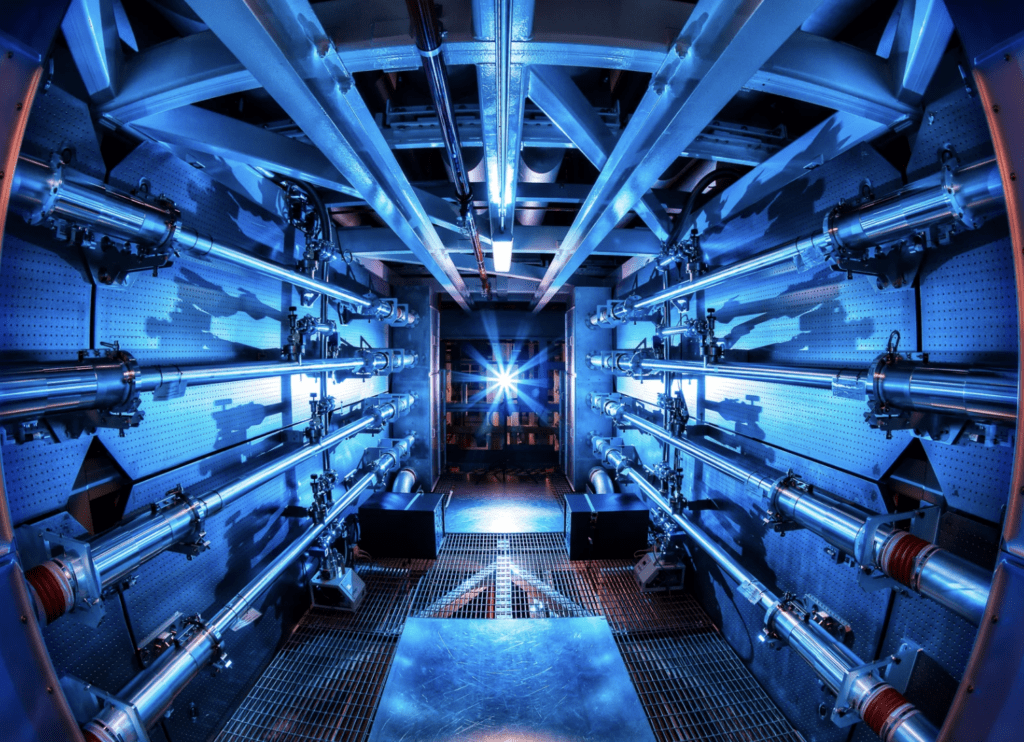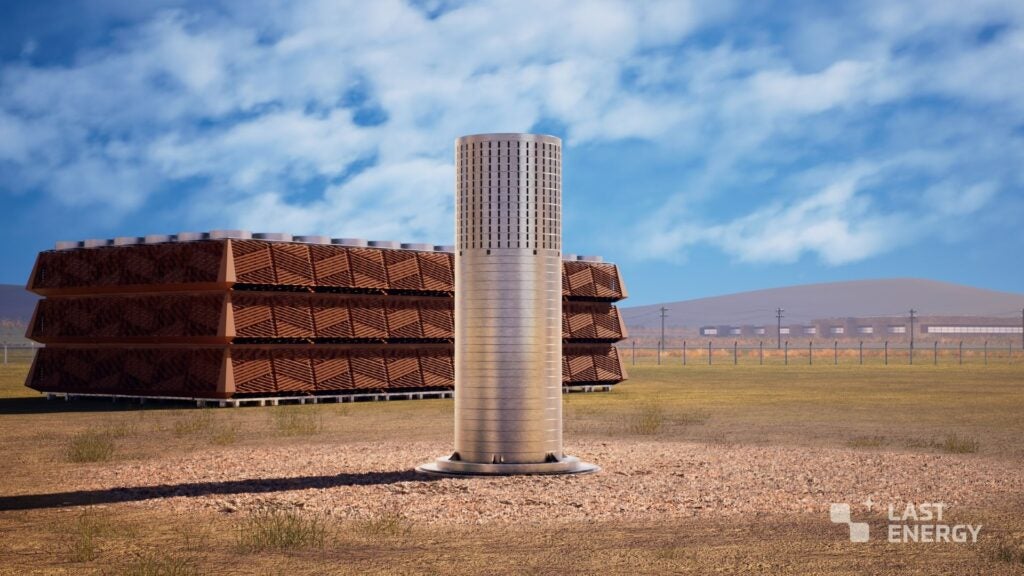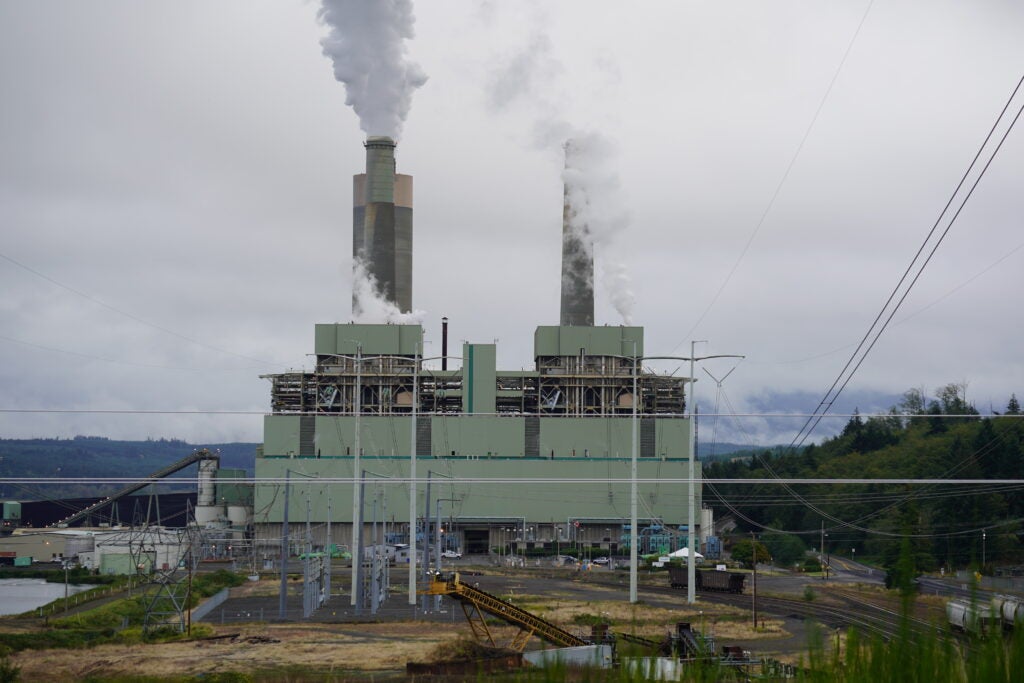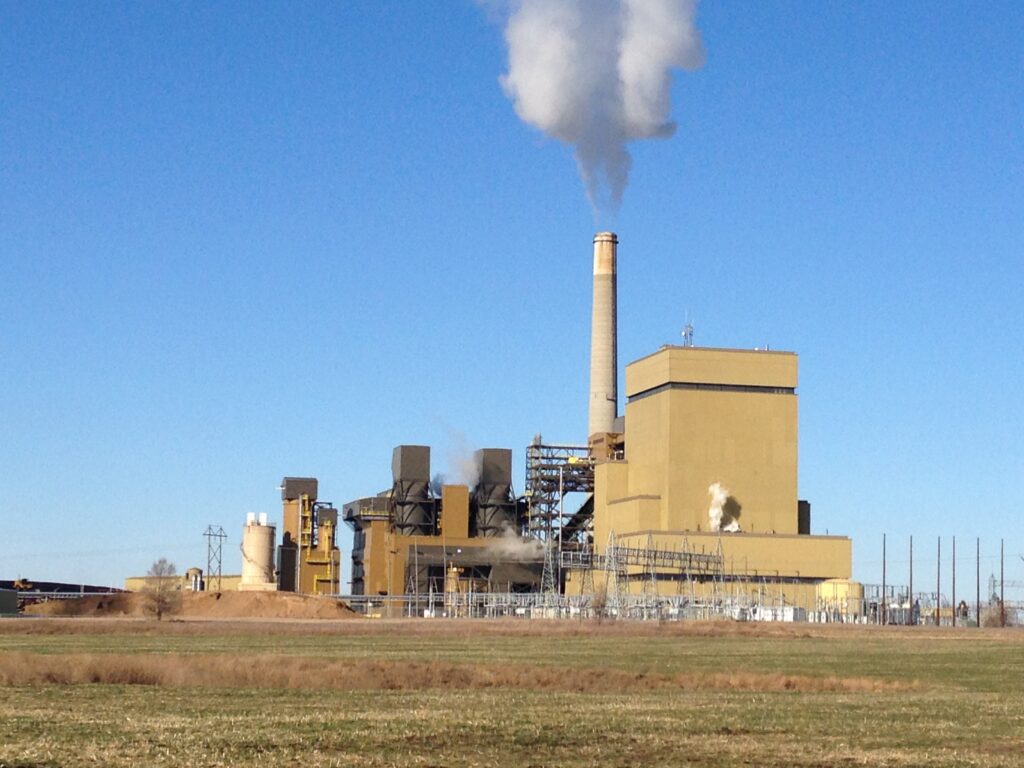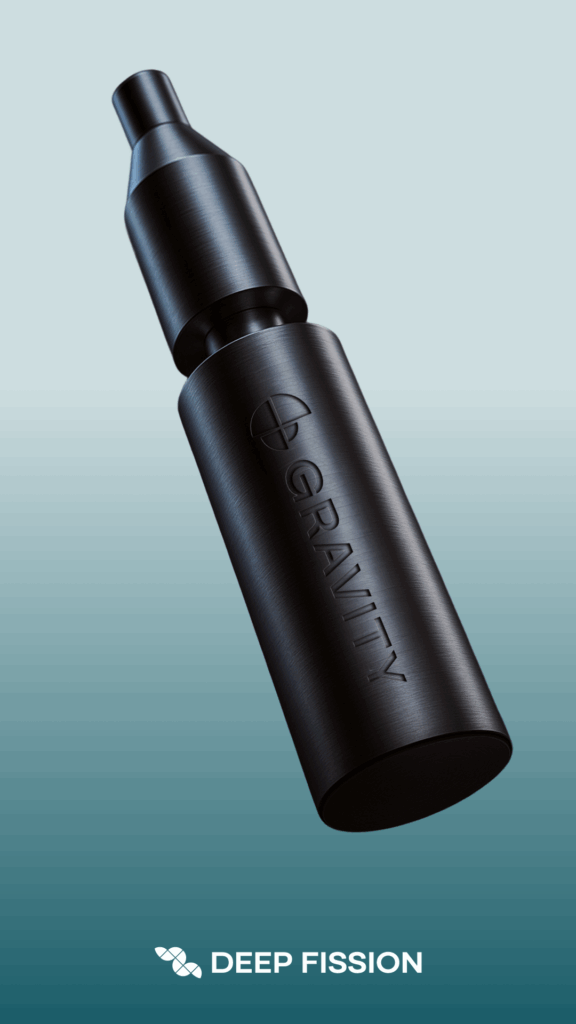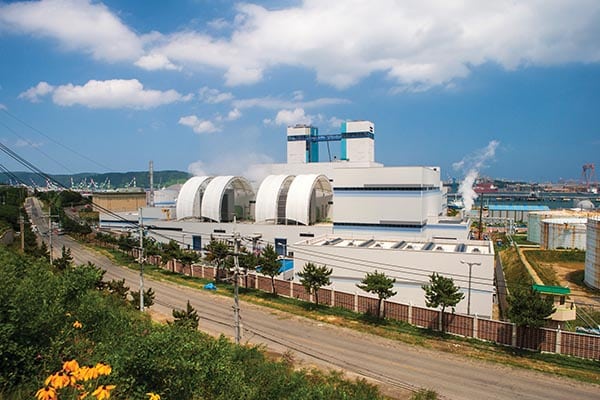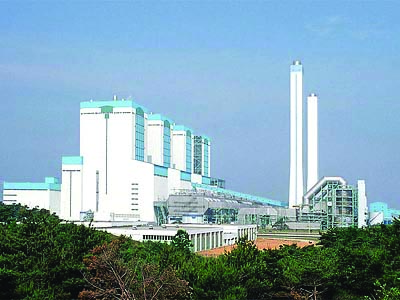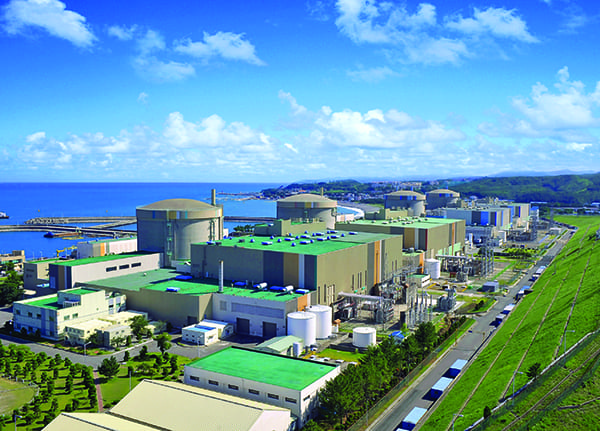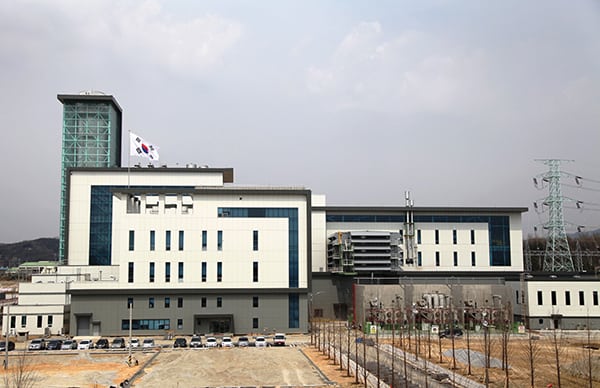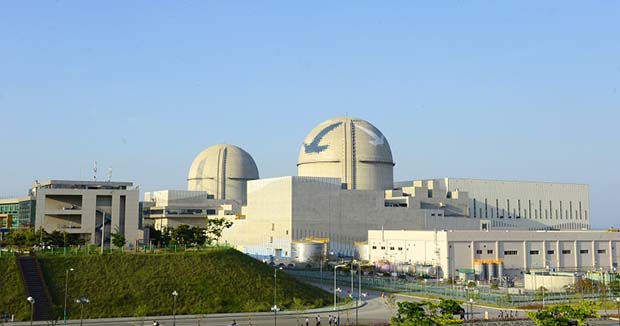South Korea is reliant on coal-fired and nuclear power for much of its power generation, and is among the world’s leading importers of liquefied natural gas (LNG). The administration of President Moon Jae-in, who took office in May 2017, has said renewable energy must be supported as the country phases out both coal and nuclear power, even though surveys show a majority of the country’s citizens—more than 60% across all age groups—still approve of thermal power production.
The nuclear phaseout in part is due to safety concerns in the wake of the Fukushima disaster in Japan in 2011. The coal phaseout—coal currently accounts for about 45% of the country’s power generation—is partly due to environmental concerns, and also due to a legacy of government subsidies for coal as part of economic development programs. Some of the country’s nuclear expansion projects have been canceled, and provincial governments (such as Chungnam) are moving to shutter coal plants. South Korean officials are looking for new technologies to replace existing power generation, and the country has become a world leader in the deployment of fuel cells for utility-scale power generation.
The country’s most-recent renewable portfolio standard calls for all power generators and independent power producers in South Korea—those with more than 500 MW of generating capacity—to increase their power production from renewables and new technologies, which includes fuel cells and batteries, to at least 10% by 2023. SK Group, a South Korea business conglomerate, and Sunnyvale, Calif.-based Bloom Energy Corp. recently announced an agreement in which SK Engineering and Construction (SK E&C) will become a distributor of Bloom Energy Server solid oxide fuel cell systems (Figure 1) in South Korea.
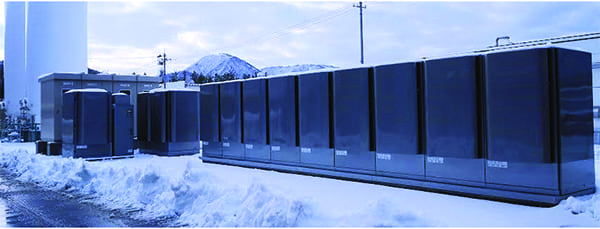 |
|
1. Bloom Energy’s solid oxide fuel cell systems are expected to play a large role in South Korea’s commitment to renewable energy. Bloom Energy and SK Group recently announced an agreement in which SK Group will distribute Bloom’s fuel cell systems across the country. Courtesy: Bloom Energy |
Bloom Energy first installed its fuel cell technology at Google’s California headquarters in 2008, and has installed the technology for other companies including eBay, Walmart, Staples, FedEx, Yahoo!, and Coca-Cola. Said KR Sridhar, Bloom Energy CEO, at the company’s recent media day attended by POWER: “Electricity needs to be reliable and always on. That’s where we are headed. And we simply asked the question, ‘How do we get there from where we are?’ The model of large, centralized capital infrastructure, transmission and distribution that is very expensive, there is no way to meet that demand. It’s not about renewables and it’s not about fossils. It’s about reliability. It’s about resiliency. You need to address electricity in terms of cost, future cost, reliability, resiliency, sustainability. The leadership of SK Group shares our passionate belief that bringing clean and reliable electric power to the people of South Korea can be good for business as well as for the environment.” South Korea already deploys about 300 MW of fuel cell power, and the country’s Ministry of Trade, Industry and Energy 8th Electricity Supply Demand Plan has called for a further expansion of deployments to about 600 MW by 2022.
David McCulloch, vice president of communications for Bloom Energy, in an interview with POWER said the fuel cell systems solve “the twin challenges of having really poor air quality [in South Korea] and very little space to site large-scale solar or wind deployments.” McCulloch said South Korea has “one of the highest per-capita energy uses in Asia and the worst air quality of the 30 OECD [Organisation for Economic Cooperation and Development] nations. They’ve put in place a renewable energy standard, and need to prioritize technologies that don’t take up much space.”
McCulloch said Bloom Energy on Dec. 13 powered up a stacked, three-story 8.35-MW fuel cell system, generating 1 MW for every 787 square feet. The facility, in a residential area near Seoul, makes efficient use of its available space. “It’s an interesting configuration,” McCulloch said. “Stacking it three stories high, we believe it’s the most energy-dense power plant anywhere on the planet. We get to that by looking at the number of megawatts produced versus a turbine on the [same] footprint.”
South Korea is looking at systems with high efficiency, or lower fuel consumption per kWh of electricity generated, because it has no domestic natural gas resources. The use of imported LNG for gas-fired generation means that generation is more expensive than both coal-fired and nuclear power. “The global power generation market is moving drastically from centralized generation to decentralized generation and towards environmentally friendly technologies,” said Jaehyun Ahn, president and CEO of SK E&C. “Accordingly, SK E&C is developing the fuel cell business with a long-term vision to transform from an EPC [engineering, procurement, construction] contractor of large power plants into a distributed energy resource utility. I have no doubt that we will achieve success in the quickly growing Korean market, and truly hope that such cooperation will continue in the global market, including the Asia Pacific region.”
—Darrell Proctor is a POWER associate editor.


